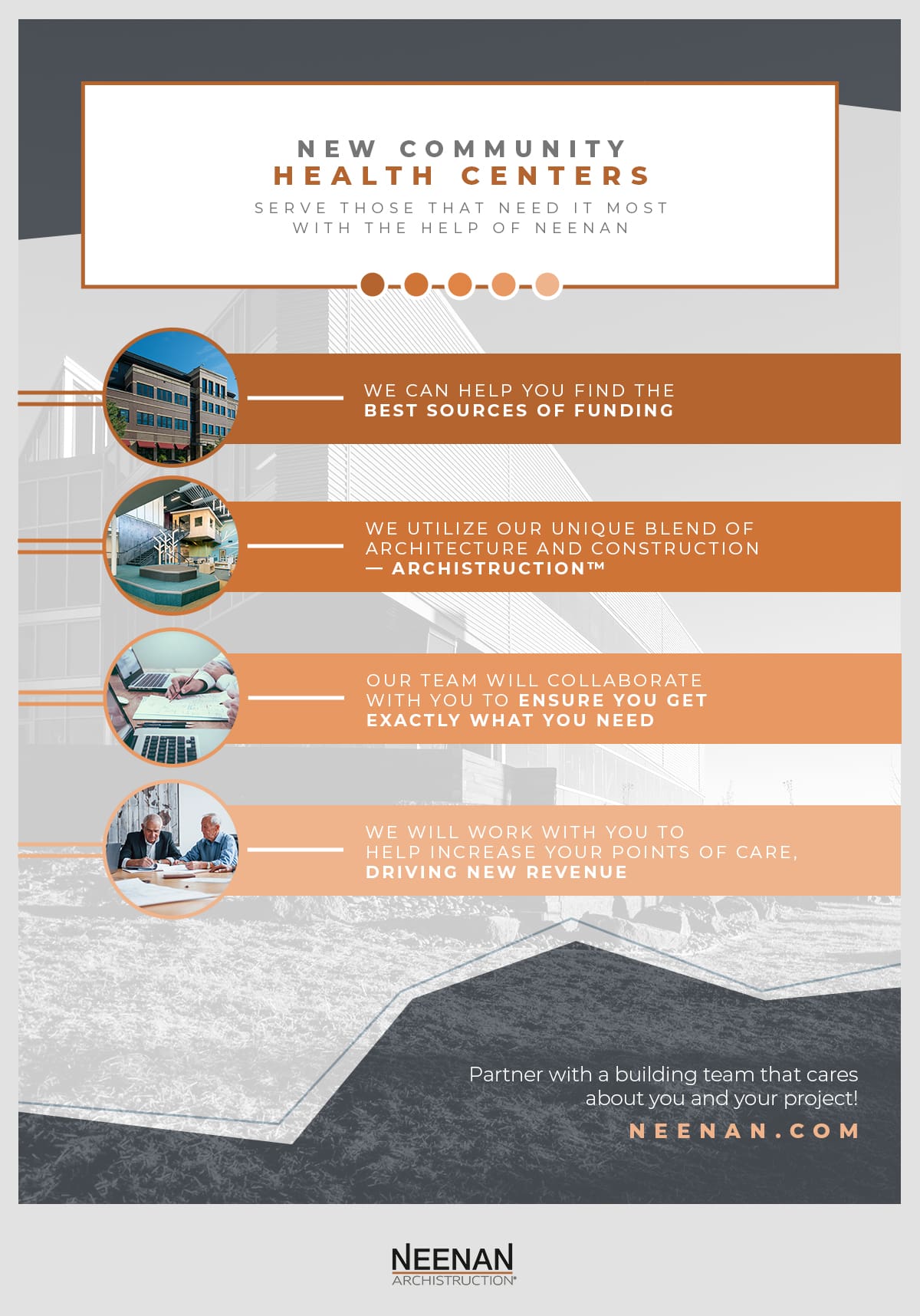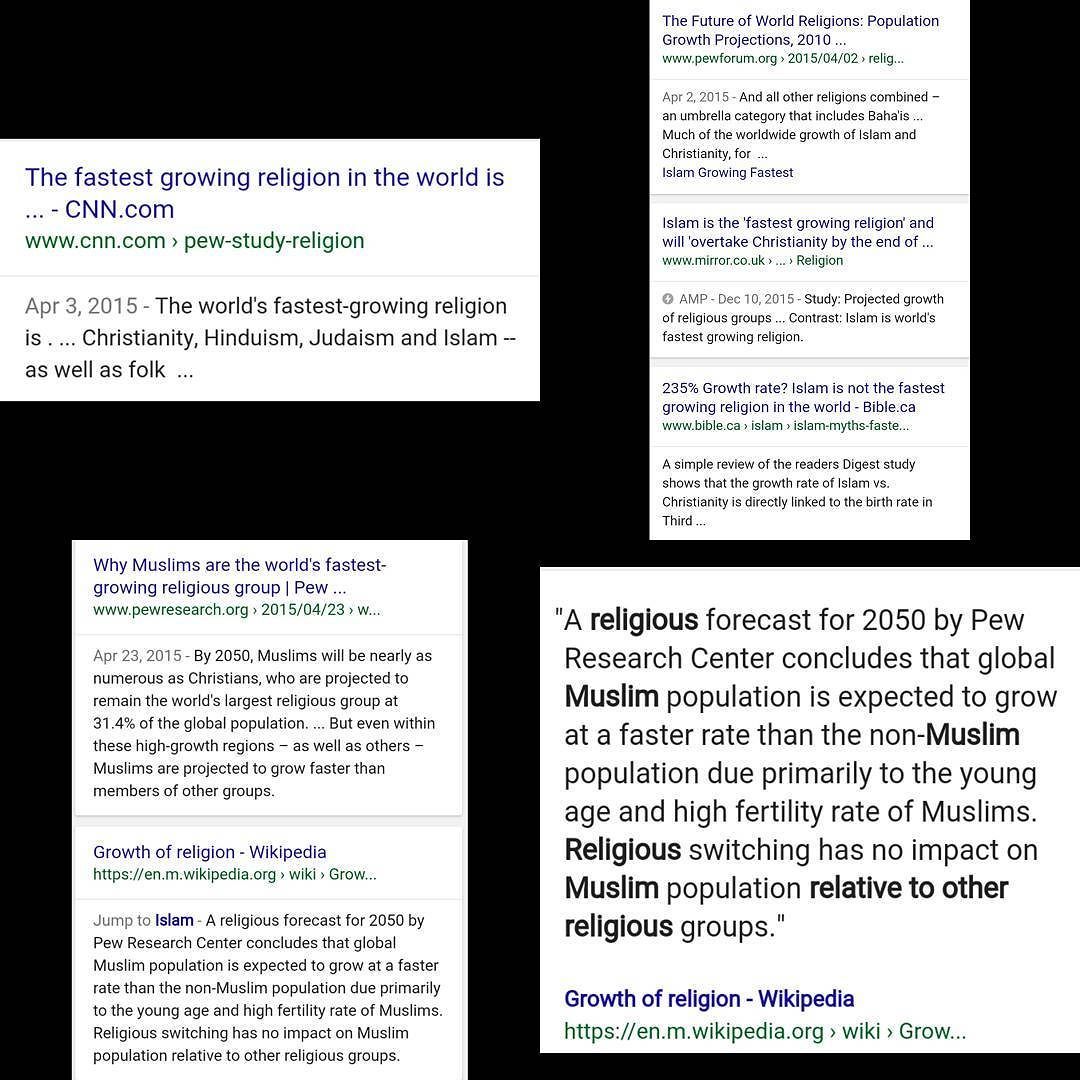Understanding Lifestyle Relationships: How to Build a Life Around Your Values and Passions
Introduction to Lifestyle Relationships
A lifestyle relationship is a concept closely aligned with a “lifestyle business,” describing a conscious choice to structure personal and professional life around one’s values, interests, and desired way of living. Rather than striving for maximum financial gain or rapid career advancement, individuals in lifestyle relationships seek harmony, flexibility, and fulfillment, using their work as a means to support their preferred lifestyle. This approach can apply to entrepreneurial ventures, career choices, and even personal relationships, placing emphasis on balance and well-being over traditional success metrics. [1] [2]
Core Elements of a Lifestyle Relationship
The defining aspect of a lifestyle relationship is intentional alignment between your daily activities and your broader life goals. This may include:
- Work-life balance: Prioritizing personal time, health, and relationships alongside work responsibilities.
- Flexibility: Designing a schedule that allows for travel, remote work, or time with family.
- Personal fulfillment: Pursuing activities, hobbies, or professions that bring joy and satisfaction.
- Autonomy: Making decisions based on individual priorities rather than external pressures, such as corporate demands or societal expectations. [3]
These relationships can take many forms, from entrepreneurial ventures to freelance careers, or even shared family businesses. The main goal remains the same: to create a sustainable and enjoyable way of living that reflects what matters most to you. [4]
Real-World Examples of Lifestyle Relationships
Lifestyle relationships are as varied as the individuals who pursue them. Here are a few illustrative examples:
- Freelance Professionals: Many freelancers intentionally take on projects that fit their preferred schedule, allowing them to travel, spend time with loved ones, or focus on personal development. For example, a freelance graphic designer may choose to work remotely from different countries, setting their own hours and selecting clients who match their interests. [2]
- Family-Run Enterprises: Some couples or families start small businesses-like a boutique hotel, specialty shop, or consulting firm-so they can work together and maintain control over their time and commitments. This approach fosters shared goals and mutual support while enabling flexibility.
- Online Entrepreneurs: Digital businesses, such as e-commerce stores, online courses, or content creation (blogging, podcasting, YouTube), are popular options for those seeking a lifestyle relationship. These business models often allow entrepreneurs to automate tasks, scale at their own pace, and work from anywhere. [5]
Each of these pathways demonstrates how individuals can deliberately align their work and life to achieve greater autonomy, satisfaction, and balance.

Source: yourrelationshipintelligence.com
Benefits of a Lifestyle Relationship
Adopting a lifestyle relationship comes with multiple potential benefits:
- Enhanced well-being: By prioritizing health, relationships, and personal growth, individuals often report lower stress levels and higher overall satisfaction. [1]
- Increased flexibility: The freedom to set your own hours and choose projects or clients gives you the power to adapt to changing life circumstances.
- Greater autonomy: You maintain control over your decisions, allowing you to pursue meaningful work and avoid burnout.
- Work from anywhere: Many lifestyle relationships are location-independent, enabling you to live or travel where you choose. [5]
- Personal fulfillment: Aligning your work with your passions or values brings a sense of purpose that traditional careers may lack.
Challenges and Considerations
While lifestyle relationships offer substantial rewards, they also come with unique challenges. Some of the most common include:
- Income stability: Many lifestyle businesses or careers may not provide consistent, predictable income. Planning and financial management become crucial.
- Limited scalability: Because growth is not the primary goal, these ventures may remain small-potentially limiting earning potential and long-term wealth accumulation. [4]
- Blurring of boundaries: When work and personal life are closely intertwined, it can be difficult to maintain separation and downtime, risking burnout.
- Lack of external support: Unlike traditional employment, there may be fewer resources or networks available for training, health benefits, or retirement planning.
To overcome these challenges, it is essential to establish clear boundaries, develop robust financial plans, and seek out supportive communities of like-minded individuals.

Source: creedbranson.com
How to Build Your Own Lifestyle Relationship
Creating a lifestyle relationship requires intentional planning and ongoing adjustment. Here are actionable steps to get started:
- Identify your core values and priorities: Reflect on what matters most-such as family time, travel, creative expression, or personal wellness. Make a list of non-negotiables to guide your decisions.
- Assess your skills and interests: Consider how your talents, experience, and passions can be leveraged to generate income in a flexible way. Research markets, trends, and potential demand for your chosen field. [3]
- Explore viable business models: Some common options include freelancing, consulting, e-commerce, digital content creation, or specialized service businesses. Evaluate the time commitment, start-up costs, and scalability of each approach. [5]
- Create a plan for financial sustainability: Calculate your minimum income requirements and develop strategies to achieve consistent cash flow. Consider starting small and scaling up as you gain experience and confidence.
- Set boundaries and routines: Establish regular working hours, dedicate time for personal pursuits, and communicate your needs with family or business partners to preserve balance.
- Continually reassess and adapt: Your ideal lifestyle may change over time. Periodically review your arrangements and make adjustments to stay aligned with your evolving goals and circumstances.
If you are considering starting a business or shifting your career to support a lifestyle relationship, begin by researching your chosen field and seeking out communities or mentorship groups. You can find many online forums, local meetups, and professional networks dedicated to lifestyle entrepreneurship and flexible work arrangements. For example, platforms like Shopify offer extensive resources for starting and growing digital businesses, while websites like Alliance Virtual Offices provide guidance on remote work and business setup. [5] [3]
Alternative Approaches and Additional Resources
Not everyone is suited for entrepreneurship or self-employment, but lifestyle relationships can also be built within traditional employment by negotiating remote work, flexible schedules, or job sharing. Many organizations now offer these options as part of broader well-being initiatives. If you are interested in exploring flexible work arrangements, consider discussing possibilities with your HR department or searching job boards for remote or part-time positions.
If you are unsure where to start, consider these research strategies:
- Use search terms like “flexible jobs,” “remote work opportunities,” or “lifestyle business ideas” on major job boards and professional networks.
- Contact relevant professional associations in your industry for guidance on alternative work arrangements or entrepreneurship.
- Explore local small business development centers, chambers of commerce, or online entrepreneur communities for support and advice.
Remember, while there is no single path to a lifestyle relationship, the key is aligning your daily life with your values and seeking fulfillment on your own terms.
References
- [1] Big Idea (2023). What is a Lifestyle Business? – John Lamerton.
- [2] Wyoming LLC Attorney (2023). What Exactly Is A “Lifestyle Business”?
- [3] Alliance Virtual Offices (2021). What is a Lifestyle Business? How to Get Started?
- [4] Wikipedia (2004). Lifestyle business.
- [5] Shopify (2022). What is a Lifestyle Business and How to Start One.
MORE FROM cheerdeal.com













